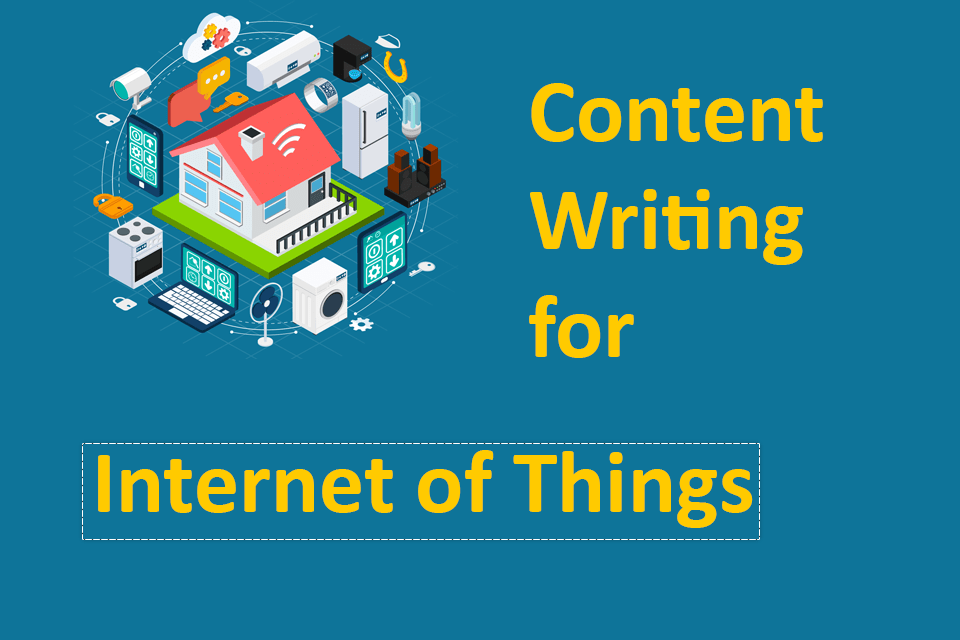Internet of Things – IoT – is a network of appliances, gadgets and electronic devices that can send signals to each other, interpret data from each other, and then do stuff accordingly.
For example, as you approach, the things inside your house can detect the settings of your mobile phone app. The air conditioning temperature can be set according to your preference. If you prefer to take a bath, the water temperature is adjusted accordingly, on its own. Certain lights can be switched on. Even the lock on your door can be unlocked, if that’s what you want.
It isn’t just that. Your refrigerator can place an order for a can of milk at your preferred online store if it detects that you are running out of milk.
This way, devices and appliances connected to the Internet of Things can automatically take care of lots of things in the background while you go about your own routine.
Yeah, I know, if you’re reading this in maybe 2030, you must be wondering why I’m writing the obvious, but this is not 2030 when I’m writing it, it is 2019.
Where does content marketing and content writing fit into all this?
This ReadWrite blog post explains how IoT is going to affect content marketing, since I provide content writing services, I need to talk about this from the context of content writing.
The blog post refers to a Gartner study that says that by 2020, there are going to be 20.4 billion IoT devices, worldwide.
The success of your content marketing depends a lot on targeting. And what helps you in targeting? The data.
The development of the Internet of Things means that people are not just accessing your data from their mobile phones, computers and laptops. They are using different devices.
For example, someone may be accessing your set of instructions (for example, you provide recipes) from his or her Amazon Echo or Google Home placed in the kitchen.
Talking about Amazon, the company is planning to connect everything from microwave to your kids’ toys through the Internet of Things technologies.
Up till now people have been accessing your content – even your written content – through their computers and laptops or at the most, tablets and mobile phones.
Although the big shift towards using mobile phones is still happening, a greater number of people are accessing your content, reading your blog posts and articles and webpages while jogging or taking care of the kitchen chores.
That is, they are listening.
They are listening, and to retrieve information, they are talking. They tell their device what they want to hear instead of typing in a query.
The Internet of Things, especially when it comes to interacting with them, is usually a very personal affair, and this is why, plain, branded and business content doesn’t do well with the IOT experience.
The content needs to be personal and above all, highly valuable and useful.
The biggest strength in terms of writing content for IOT devices is the data that they provide enables you to tailor your content exactly for the situation your prospective customer or client is.
For example, an IOT device can tell you the current activity someone is engaged in – driving to the grocery store, passing by a restaurant, holidaying in a resort, sitting in the bed, waiting in a line or sitting in the park. You can tailor your content to completely suit the situation of your audience.
This blog post on Read Write gives example of pillows connected to the IOT network – the pillows can send give you data about the sleeping pattern of the person using them. You know when he or she goes to bed and when he or she wakes up. So, you know if he or she is an early riser or a late riser and accordingly you can tailor your content for that specific user. This sounds creepy, as an example.
As a content writer, my main focus is voice-enabled devices that accept questions and provide answers, for example, a chatbot or a knowledge base.
Ultimately, it all boils down to writing lots of useful content and simple, straightforward language, especially language that is used by your core audience.

